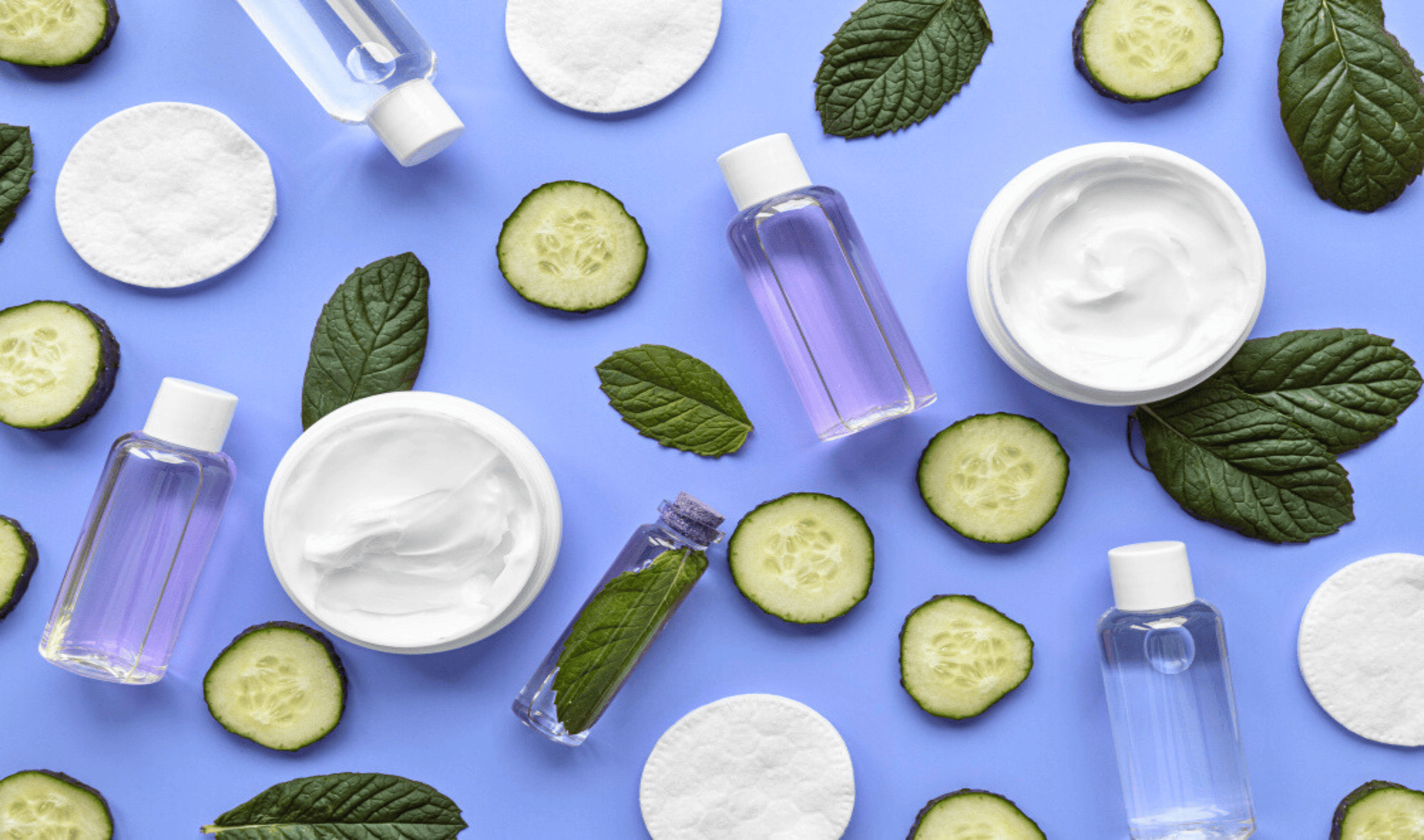7 Push Notification A/B Testing Best Practices for Beauty Brands

In the beauty industry, where personalization and customer engagement are key to driving loyalty, push notifications can play a critical role in increasing customer retention and sales. However, not all push notifications are created equal. A/B testing can be an effective method to optimize your notifications, ensuring they resonate with your audience.
In today's article, we’ll explore seven best practices for A/B testing push notifications that can help beauty brands boost engagement, conversions, and brand loyalty.
✅A/B testing different timing for push notifications can significantly boost engagement by aligning notifications with user habits and preferences.
✅Personalized messages, especially those tailored to individual customer behaviors and preferences, outperform generic messages in terms of open rates and conversions.
✅Testing various call-to-actions (CTAs) can optimize user interaction, with action-oriented and exclusive phrasing leading to higher click-through rates and conversions.
1. Test Notification Timing for Maximum Engagement
The timing of your push notifications can have a significant impact on how customers respond. Sending notifications at the wrong time might lead to users ignoring or opting out of receiving future messages. For beauty brands, understanding the specific times when your audience is most likely to engage is key.
Key Points:
- Test different times of day: Experiment with morning, afternoon, and evening notifications to see which performs best.
- Day of the week: Engagement might vary significantly between weekdays and weekends.
- Behavior-based timing: Trigger push notifications based on user behavior, such as browsing or cart abandonment.
Real-Life Example:
According to one study, brands that sent push notifications during the afternoon (12 p.m. to 5 p.m.) saw a 27% higher engagement rate compared to morning notifications. Sephora conducted a timing A/B test and found that sending push notifications around 1 p.m. when customers were likely on lunch breaks increased engagement by 35%.
2. Experiment with Personalized vs. Generic Messages
Personalization can make or break the effectiveness of a push notification. Beauty customers often expect personalized offers, reminders, and updates based on their previous interactions with the brand. A/B testing the level of personalization in your messages can reveal what resonates most with your audience.
Key Points:
- Use customer names: Test whether adding the recipient's name in the message increases open rates.
- Tailored product suggestions: Experiment with messages featuring personalized product recommendations based on purchase or browsing history.
- Segment audience based on preferences: Group customers into segments based on their interests (e.g., skincare, makeup, etc.) and test different messaging for each segment.
Real-Life Example:
A study found that personalized push notifications had a 4x higher open rate than generic ones. In a test, Estée Lauder saw a 41% increase in conversions when sending personalized skincare tips versus sending generic promotions to all users.
3. Test Different Copy Lengths for Impact
The length of your push notification can determine whether a user reads it or swipes it away. While shorter messages are often considered more effective, testing various lengths can reveal what works best for your audience. Some users may appreciate detailed information, while others may prefer concise alerts.
Key Points:
- Short vs. long copy: Compare shorter, punchy messages to longer, more detailed notifications.
- Clear CTAs: Ensure that no matter the length, there is a clear call to action (CTA) in every push notification.
- Emphasize urgency or exclusivity: Test how phrases like “limited time” or “exclusive offer” impact engagement across different lengths.
Real-Life Example:
According to one study, brands using push notifications with 10 words or fewer saw a 29% higher conversion rate than those using longer messages. For instance, L’Oréal tested shorter notifications and found that concise messages (around 8-10 words) boosted open rates by 22% compared to longer, more descriptive notifications.
4. Test Images and Rich Media
Incorporating images, GIFs, or rich media into your push notifications can make them stand out more in a crowded notification space. For beauty brands, visual content is highly relevant, given that customers often engage with products based on their appearance. A/B testing rich media versus plain text can determine whether visual elements enhance your push notifications’ effectiveness.
Key Points:
- Test with and without images: Evaluate whether adding product images improves click-through rates.
- Use dynamic images: Incorporate GIFs or rotating product images for new product launches or promotions.
- Evaluate image placement: Compare the effectiveness of different image placements, such as hero banners versus small icons.
Real-Life Example:
Rich media notifications have been shown to increase engagement rates by 25%. Glossier, for example, saw a 30% increase in engagement when A/B testing notifications with product images compared to text-only messages, especially during product launches.
5. Optimize Offers and Discounts Through A/B Testing
Offering exclusive discounts or promotions via push notifications is a proven tactic to drive sales in the beauty industry. However, the way you present these offers can affect how many users take action. A/B testing different types of offers and the way they are communicated can significantly improve results.
Key Points:
- Percentage vs. dollar amount discounts: Test whether customers respond better to “15% off” or “$10 off.”
- Limited-time offers vs. ongoing deals: A/B test urgency-driven offers versus more evergreen promotions.
- Discount depth: Experiment with the size of the discount to see what leads to the most conversions without hurting profitability.
Real-Life Example:
One case study revealed that brands offering time-sensitive discounts via push notifications experienced a 48% increase in conversions compared to non-time-sensitive promotions. In a test, Ulta Beauty found that percentage-based offers (e.g., “20% off”) led to 18% higher redemption rates than dollar-based discounts.
6. Analyze Frequency of Notifications
Finding the right balance in how often you send push notifications is critical. Send too many, and customers may feel overwhelmed and opt out. Send too few, and you may miss opportunities to engage them at crucial moments. A/B testing different frequencies can help beauty brands strike the right balance.
Key Points:
- Daily vs. weekly notifications: Test sending notifications daily versus weekly to see which cadence results in better engagement.
- Behavior-triggered vs. regular notifications: Compare performance between scheduled notifications and those triggered by customer behavior (e.g., browsing or purchase history).
- Avoid over-saturation: Test reducing the frequency to see if it results in higher engagement due to reduced notification fatigue.
Real-Life Example:
One study found that brands sending push notifications 2-3 times per week had 40% lower opt-out rates compared to brands sending daily notifications. Birchbox, for instance, reduced its push notification frequency from daily to 3 times a week and saw a 15% increase in overall engagement.
7. Test Different Call-to-Actions
The wording of your call-to-action (CTA) can dramatically affect how users interact with your push notifications. For beauty brands, the CTA could lead customers to try a new product, book an appointment, or make a purchase. Testing various CTA phrasings can help you discover the most effective way to drive user action.
Key Points:
- Action-oriented vs. passive CTAs: Test between active phrases like “Shop Now” or “Discover More” and more passive options like “Learn More.”
- Exclusive CTAs: Use CTAs that emphasize exclusivity, such as “Claim Your Offer” or “Unlock Your Discount.”
- Clear and concise: Ensure CTAs are straightforward and clearly tell the user what action to take.
Real-Life Example:
According to one study, push notifications with strong, action-oriented CTAs saw 15% higher conversion rates than those with weaker or less direct language. In an A/B test, MAC Cosmetics found that using “Shop Now” as a CTA increased click-through rates by 12% compared to a more generic “Learn More” CTA.
Final Thoughts
A/B testing is an essential tool for beauty brands looking to optimize their push notification strategies. By testing variables like timing, personalization, media, frequency, and CTAs, you can make data-driven decisions that lead to improved engagement and conversions. The real-life examples shared above highlight how small adjustments, when guided by testing, can yield significant results for your brand.
FlareLane is a next-generation CRM marketing automation platform that features a comprehensive solution for enhancing customer interaction and engagement. With in-app messages, push notifications, advanced analytics, real-time communication tools, and personalized marketing strategies, we can help you create meaningful and lasting customer relationships.
Ready to take your customer engagement to the next level? Learn more about how we can help your brand thrive.


